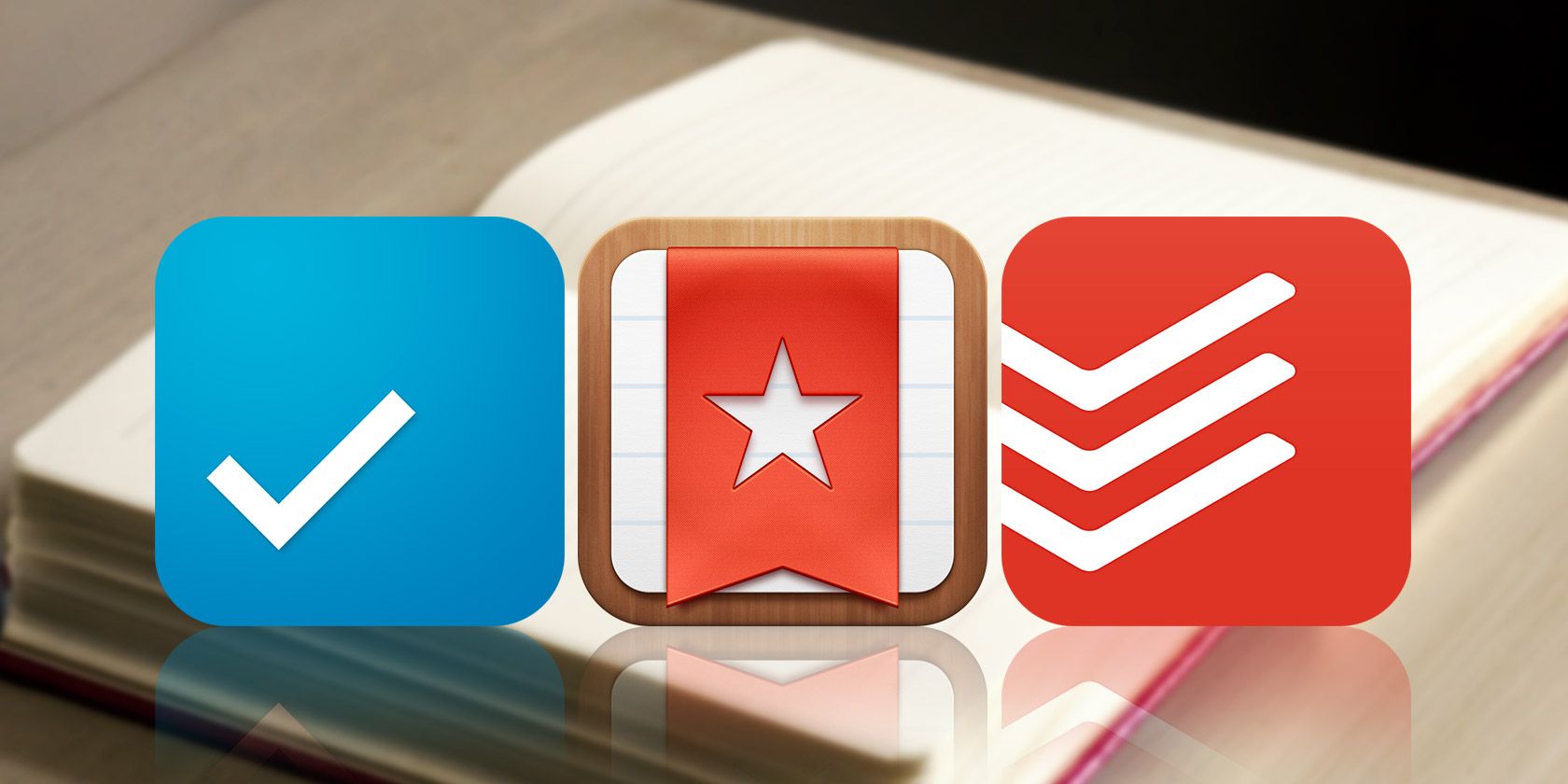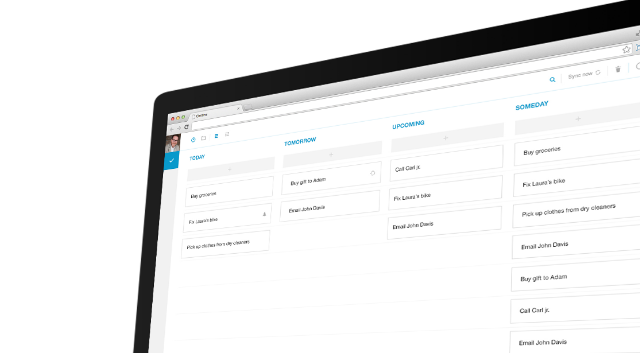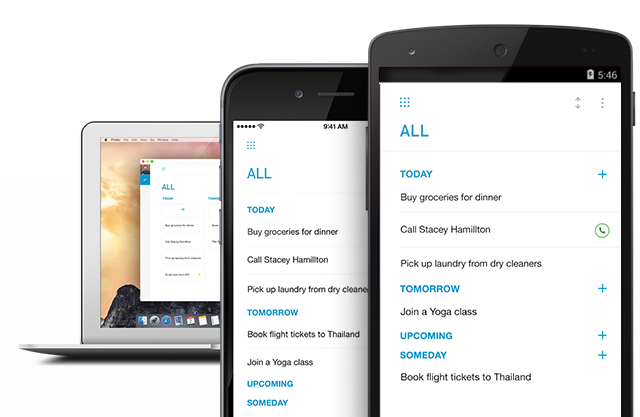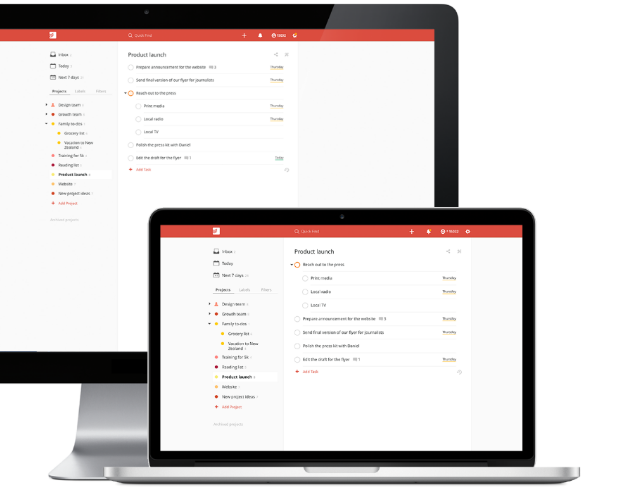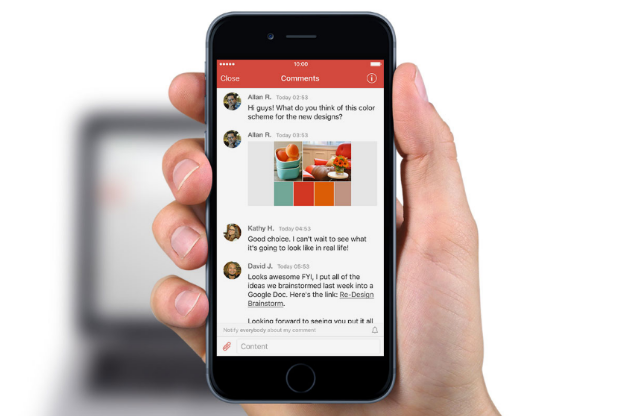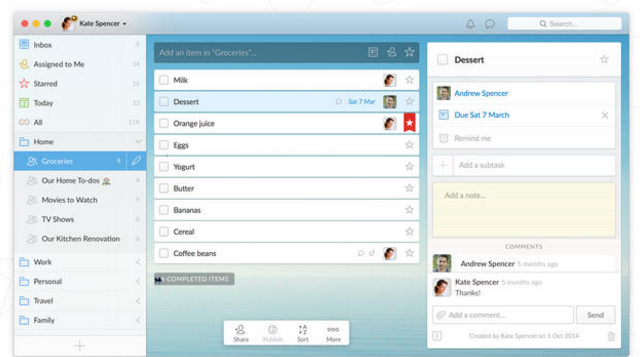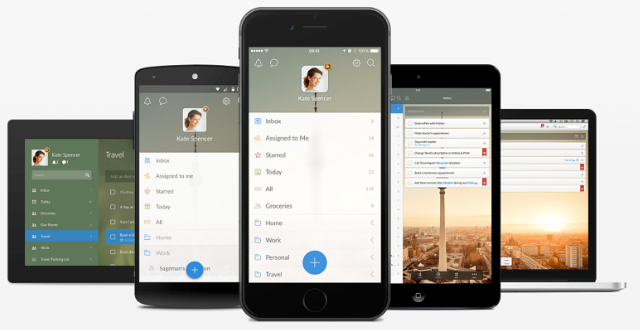When it comes to to-do list apps, there are a few that stand head and shoulders above the rest. But how do these compare with each other?
Anyone who loves to keep organized digital lists will have specific features that make or break their love affair with a to-do list app. Some people will want little more than a stunning user interface. Others will want IFTTT integrations, teamwork features, or location-dependent tasks.
The few apps below should cover all bases, and satisfy most of the commandments for choosing the right to-do list app. Each of these is at a minimum available on Android, iOS, and as a web app. They all have have great design. And they each have their own set of powerful features. Let's see how they compare.
Any.do
Any.do was the first to-do list app that I ever heavily relied upon. Initially, it was the app's minimalist, crisp user interface that won me over. But it was its added features that kept me hooked for over two years.
This app is available on iOS, Android, Web, Mac.
Free Version
Once signed into Any.do, you can create different lists to help separate your tasks (work, personal, shopping, etc.). For each task within these lists, you can include sub-tasks, notes, due dates, priority status, attachments (limited to 1.5 MB per file), and some very basic features for recurring tasks. If you install the Any.do Chrome extension, you can also add tasks from within Gmail itself.
When you open each list, you're able to view and sort these tasks in a few different ways. Time View allows you to see the tasks you need to complete today, tomorrow, upcoming, or someday. There's also a Standard List View, and a Priority List View. If you turn your phone sideways, you can access a Calendar View. It's these views that really differentiate Any.do from more basic apps like Apple Reminders.
The main differentiator for Any.do, however, is its Moments feature. When you activate Moments (I'd recommend doing this once per day or once per week), you'll quickly be asked questions about some of your tasks. This kind of gamifies your to-do list, constantly keeping it in order, and building list of tasks that you need to complete today and tomorrow. On the free version, you can use this feature 5 times per month.
Premium Version
When you upgrade to the premium version of Any.do for $3 per month, all restrictions to the free version are removed.
You're able to share as many lists and tasks as you like with other people (effectively turning Any.do into a project management app). You can completely customize recurring tasks, so they appear every 2 weeks, every 4 months, etc. File upload limits are increased to 100 MB. And you can use Moments as often as you like.
Additionally, you can add location-based tasks and receive a reminder when your GPS detects you're near a certain location.
Drawbacks
Any.do is a great app to use, but it has a few drawbacks that forced me to start using something else.
- There's no integration with any other apps, hence no possibility for any kind of task automation. I was hoping to add tasks automatically using some IFTTT recipes, but this wasn't possible. When asked, Any.do did inform me they are working to fix this.
- The app can't interpret natural language. If I want to schedule a task for a specific time by saying "Meet Sam for coffee at 11am tomorrow", the app wouldn't schedule that meeting automatically based on the wording of the task.
Todoist
When I reluctantly abandoned Any.do, Todoist is the app I started using instead. This is a slightly more feature-heavy option, available on iOS, Android, Mac, Windows, and on the web.
Although it (arguably) doesn't look quite as pretty as Any.do, it's definitely a heavyweight to-do list app.
Free Version
The basic functioning of Todoist is relatively similar to Any.do. You can create different task lists (Projects). Within each list, you can add individual tasks, and then drag and drop these tasks to sort them. Each task can be scheduled (for today, tomorrow, next month, or for a specific date). And if you want to reschedule a task from within the mobile app, just swipe left.
Each task can be given one of four priority settings (where Any.do only offers one). You also have full access to the recurring events features, and can add sub-tasks within each individual task. You can even share each project with a maximum of 5 people, though no file uploads are permitted.
What really sold Todoist for me, however, is its amazing ability to interpret natural language. This makes scheduling single and recurring events a breeze. And it's easy integration with IFTTT and Zapier make it simple to add tasks automatically. For example, IFTTT can add a task to Todoist if you miss a call. Or if a task is assigned to you in Trello. Or if an event is added to Google Calendar. There's plenty more integration options.
All of this really does help to manage your schedule much more effectively.
Premium Version
If you decide to pay $30 per year for the premium version of Todoist, you'll be treated to a number of additional features.
You can add reminders to each of your tasks, as well as label them for better sorting. You can send tasks to your Todoist account via email. You can sync your tasks with iCal. You can add location-based tasks.
On top of this, you'll have access to some interesting charts and graphs to visualize your productivity, and review completed tasks (this is particularly useful if you follow GTD).
Drawbacks
As you can see, Todoist squeezes in quite a bit more into its offering than Any.do, but that doesn't make it perfect. It's almost there. But not quite. I've noticed two small issues:
- The inability to set reminders in the free version is something that could turn a lot of people away.
- All the additional features in the premium version are amazing if you use them, but they do make maintaining your lists more fiddly compared to other apps (especially Todoist's filters feature)
Wunderlist
Available on iOS [Broken URL Removed], Android, Apple Watch, Windows , Mac, and on the web, Wunderlist is an ubiquitous task management app that's used by millions.
As with Any.do and Todoist, Wunderlist has its perks, but it's also got a couple of drawbacks.
Free Version
The free version of Wunderlist is probably the most generous of the three apps looked at in this article. You essentially get access to all features, but with a couple of restrictions.
As with the other two apps, you can create lists (that are sharable with other users), and easily organize your tasks within these lists. If you have a ton of lists, you can organize these into folders, too.
For each task, you can set a due date — using natural language — including some basic recurring options. These recurring options are better than Any.do's free recurring options, but nowhere near as impressive as Todoist's. You can also set reminders (which you can't do in Todoist's free package), and events can be starred to mark them as high priority.
If you want to use Todoist as more of a project management app, you can add up to 25 sub-tasks to each individual task. Notes, comments, and files can be added, too. When a list has been shared with another user, up to 25 tasks can be assigned to help you delegate that work.
As with Todoist, tasks can also be added automatically using Zapier integrations [Broken URL Removed]. For example, starred emails can be sent to your task list [Broken URL Removed], and Google Tasks can be synced [Broken URL Removed] with Wunderlist.
When it comes to reviewing your tasks, they can be sorted alphabetically, by due date, by creation date, or by priority. If a task is due today, or this week, you can view these as separate lists too. For even more control, you can add hashtags to each of your tasks, then use the search bar in the app to filter your tasks by these hashtags.
Premium Version
For $5 per month, you can unlock the premium version of Wunderlist. Rather than uncovering features for you, the premium version simply removes some restrictions.
In essence, the 5 MB limit on file uploads will be removed, you'll be able to assign unlimited tasks, and add unlimited sub-tasks to your lists.
Drawbacks
- Wunderlist can interpret basic natural language, such as "Call Mary at 1pm tomorrow". But it's got nothing on Todoist, which can interpret "Go to the bank every Thursday at 1pm starting in October".
- The user interface is relatively intuitive, but it just seems a lot more old fashioned than the other two options. Compared to the swipe features on mobile within Any.do and Todoist, Wunderlist's check boxes seem especially clunky.
- Although Wunderlist integrates with Zapier, there is no integration (yet) with IFTTT.
- There's no option for location-based tasks.
The Verdict
Every one of these to-do list apps can do its job extremely well, but which is "best" entirely depends on what you require. For example, if you're already using OneNote for your notes and Outlook for your tasks, that could be a killer combination we haven't touched on here.
If you're looking for a new app, however, and want something pretty basic, that looks amazing, and is easy to use, the free version of Any.do should be perfect. If you want something with more features, plus integration with other apps (via Zapier), but you don't want to pay, I'd recommend the free version of Wunderlist.
If you want the full set of features, IFTTT and Zapier integration, and an amazing user interface, splash out and purchase the premium version of Todoist. This is the option I chose after trying out the other two apps over a long period of time, and so far, I have no regrets whatsoever.
Over to you: which to-do list app do you think will fit your requirements? Or are there any others that you think are even better than these?

